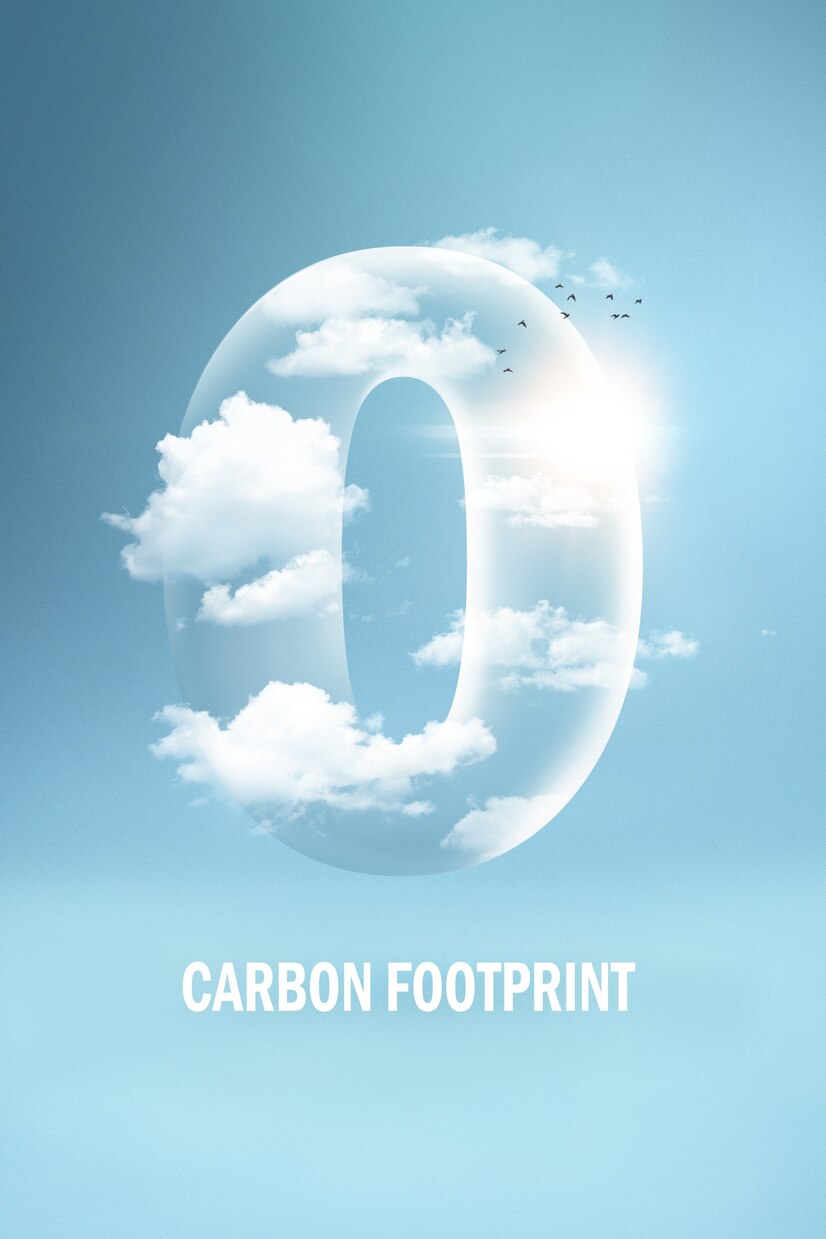Japan depends heavily on fossil fuels and is in the middle of an energy transition. The country aims to diminish its carbon emissions by transitioning to sustainable energy sources and implementing carbon capture and storage techniques underground. In this article, I will discuss the ambitions and strategies of the Japanese government, focusing on upcoming carbon capture storage projects, highlighting notable startups in the carbon capture sector, and addressing the challenges faced by Japan.
Ambition & Strategy:
Japan aims to slash emissions by 46% by 2030, relative to 2013 levels, and it aspires to attain carbon neutrality by 2050. Aligned with this objective, Japan unveiled a carbon credit trading scheme in October 2023. As per the 10-year decarbonisation roadmap, Japan launched the Green Transformation Basic Policy to address the green transformation of industrial sectors. It also intends to launch a traditional emissions trading system and a carbon levy on fossil fuel imports from 2028.
Upcoming Carbon Capture Projects:
- The carbon capture storage project in the Tomakomai area is under development by Japan Petroleum Exploration, Idemitsu Kosan, and Hokkaido Electric. It will capture carbon emitted from nearby refineries and power plants with an expected storage capacity of 1.5 million metric tonnes annually.
- The Carbon Capture Storage Project in the Tohoku region is under development by Itochu, Itochu Oil Exploration, Mitsubishi Heavy Industries, Nippon Steel, INPEX, Taisei Corp and Taiheiyo Cement. It will capture carbon from steel mills and cement plants with an expected storing capacity of 2 million metric tonnes annually.
- The Carbon Capture Storage Project in Niigata is under development by Japex, Tohoku Electric, Mitsubishi Gas Chemical, Hokuetsu Corp., and Nomura Research Institute. It will capture carbon from chemical plants, paper mills, and power plants in Niigata Prefecture with a storage capacity of 1.5 million metric tonnes annually.
- The Carbon Capture Storage Project in the greater Tokyo area is under development by INPEX, Nippon Steel and Kanto Natural Gas Development. The project will capture carbon emissions from various industries, including steel mills, boasting a storage capacity of 1 million metric tonnes annually.
- Carbon Capture Storage Project in Kyushu offshore north and west, under development by ENEOS, JX Nippon Oil & Gas Exploration and Electric Power Development Co., or J-POWER.
- The initiative will capture carbon emissions from refineries and thermal power plants in western Japan, featuring a storage capacity of 3 million metric tonnes annually.
Top Companies:
- Japan CCS Co. Ltd, headquartered in Chiyoda-ku, Tokyo, was founded in 2008. They conduct research and development, feasibility studies and demonstration projects in carbon capture, utilisation, transportation, and storage.
- Mitsubishi Heavy Industries, headquartered in Chiyoda City, Tokyo, was founded in 1884. They are involved in employing high-performance carbon capture technology.
- Electric Power Development Co., Ltd, headquartered in Chuo City, Tokyo, was founded in 1952. It is working on a carbon capture technology project in Australia.
- Japan Organisation for Metals and Energy Security, Minato-ku, Tokyo, founded in 2004. They provide financial assistance to geological and geophysical surveys supporting carbon capture storage projects.
- Taisei Corporation, headquartered in Shinjuku City, Tokyo, was founded in 1873. It is one of the several companies involved in the Tohoku region’s west coast carbon capture and storage initiative.
Challenges:
- The biggest obstacle to scaling carbon capture and storage projects is that there is no law governing the practice, which exists in other industries, for example, mining law governing the practice of mining for minerals and oil.
- The second issue is the high upfront investment required to store carbon. For instance, Japan requires about 480 wells for storing 240 million tonnes of carbon and a single well costs about ¥5 billion to ¥8 billion.
- The third hindrance is that developing the infrastructure for capturing, transporting, and storing captured carbon is complex and time-consuming.
Conclusion:
In conclusion, Japan’s ambitious target to reduce emissions by 46% by 2030 and achieve carbon neutrality by 2050 fuels a dynamic shift towards cleaner energy. Pioneering projects, like carbon capture initiatives in Tomakomai, Tohoku, Niigata, greater Tokyo, and Kyushu, exemplify strategic endeavours to store millions of metric tonnes of carbon annually. Industry leaders, such as Japan Petroleum Exploration and Mitsubishi Heavy Industries, are driving innovation. However, challenges persist, notably the absence of a legal framework, high upfront investments, and the complexity of infrastructure development. Japan’s resolute commitment positions it as a global leader in its quest for a sustainable and carbon-neutral future.
End Notes
https://spectra.mhi.com/how-japan-aims-to-become-a-ccs-powerhouse
https://www.japanccs.com/en/corporate/info.php
https://www.mhi.com/products/engineering/co2plants.html
https://www.jpower.co.jp/english/news_release/pdf/news220608e.pdf
https://www.jogmec.go.jp/english/ccs/index.html
https://www.taisei.co.jp/english/ir/news/2023/20230802_release.html





